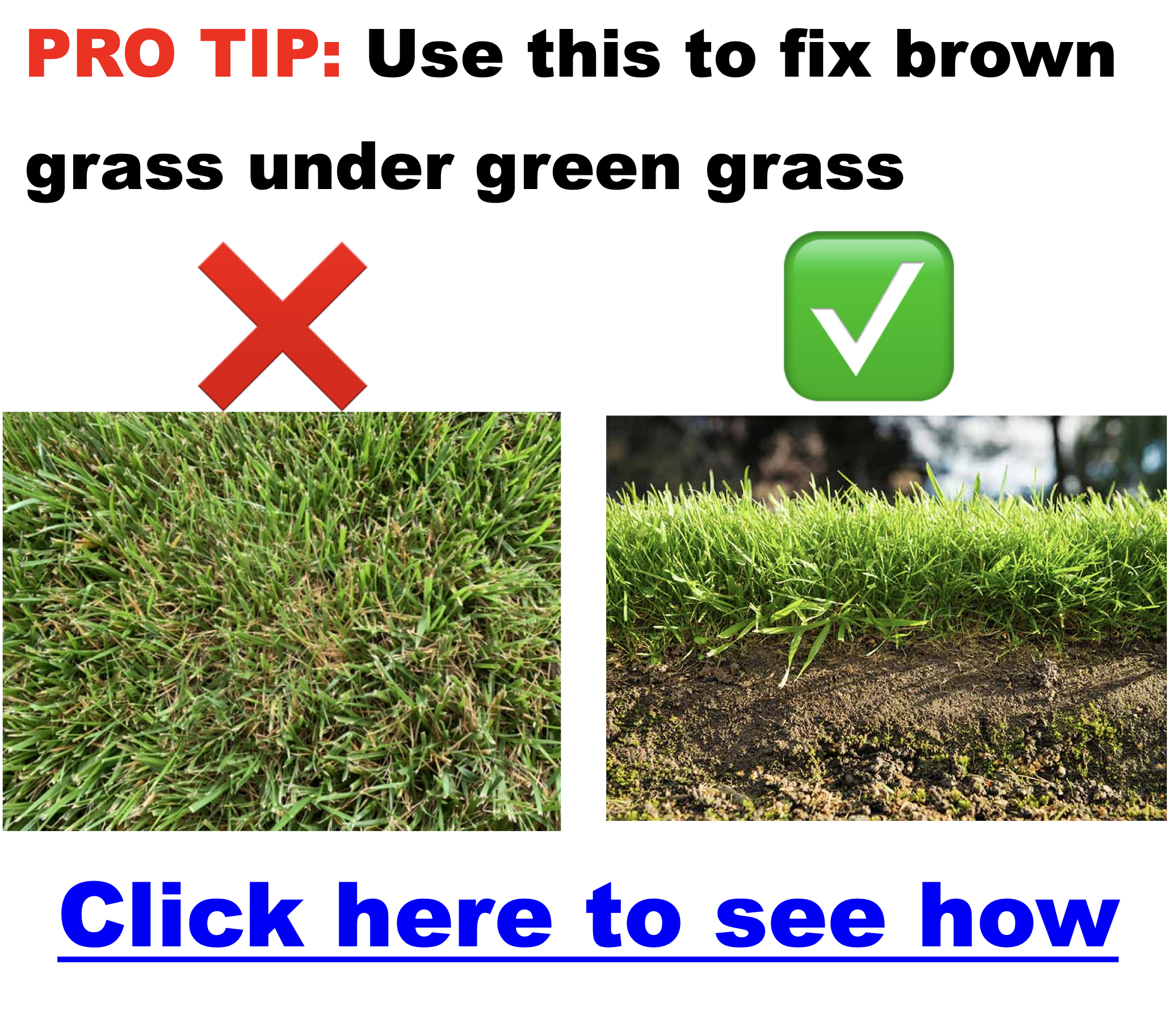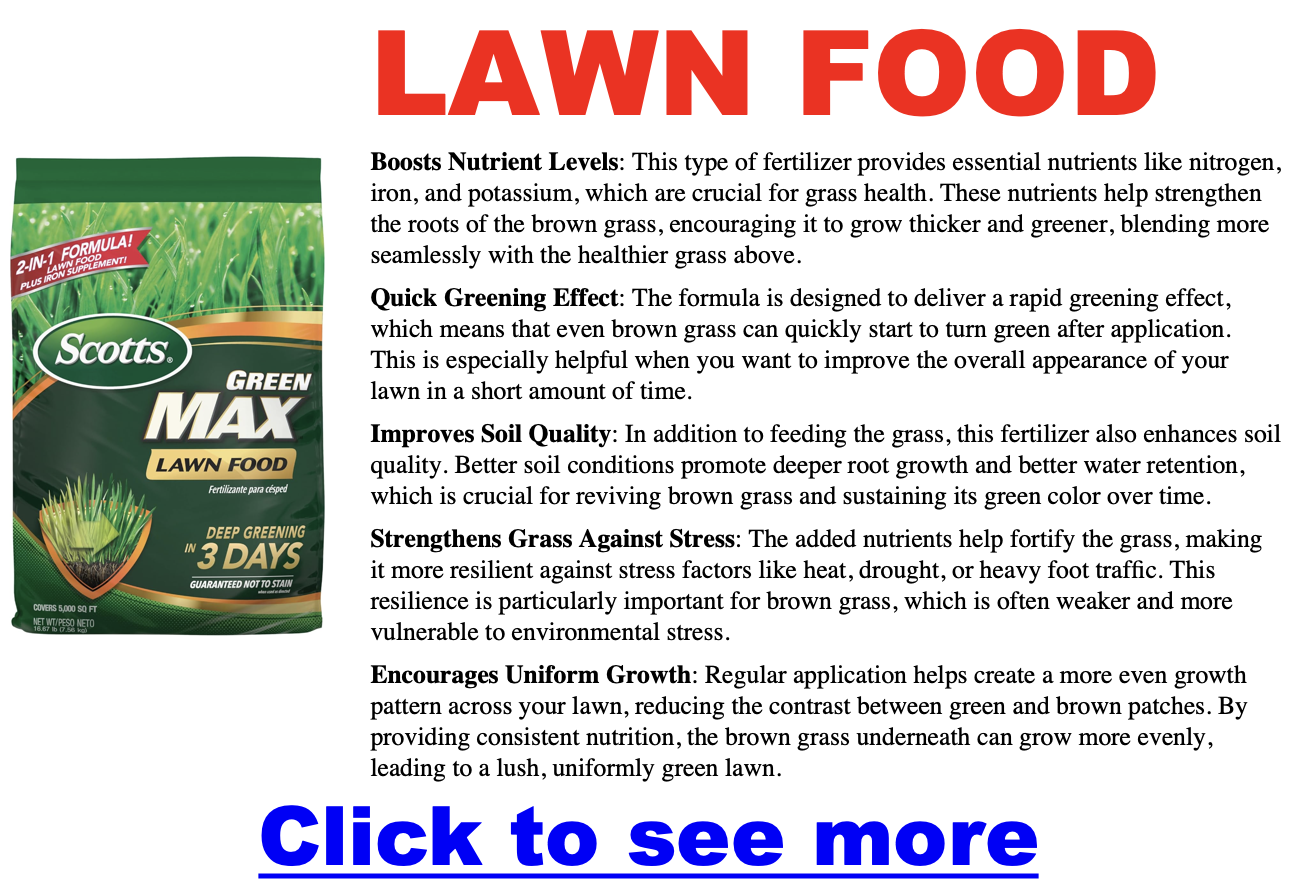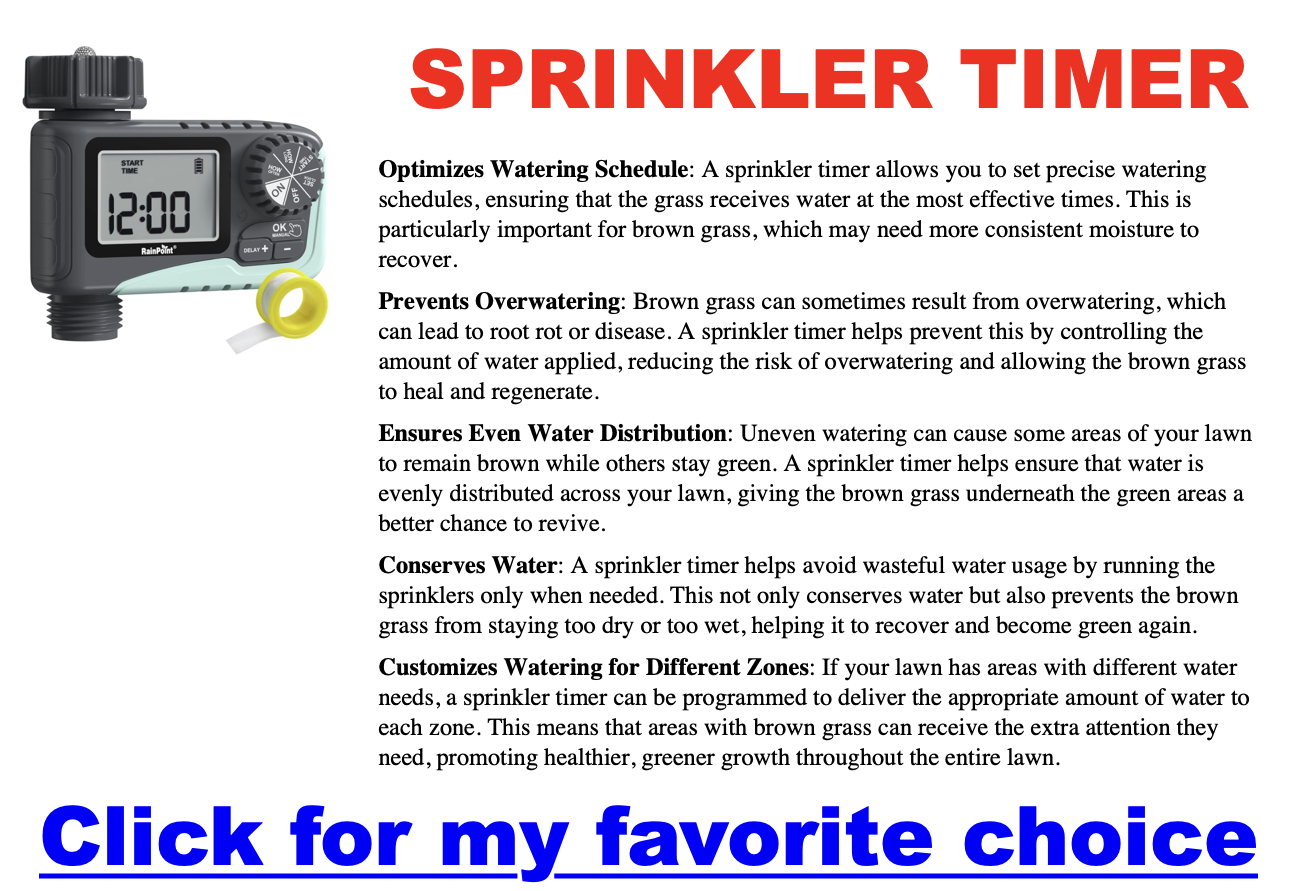Brown grass underneath green grass 5 common causes explained
At first glance, your lawn appears healthy and vibrant. But beneath the surface, you might notice something less reassuring—patches of dry, brown grass hiding below the green blades. What’s really going on? This hidden issue is surprisingly common, and understanding the underlying causes can help you restore your lawn’s full health.
While you’re improving your lawn, why not consider transforming your entire yard? Use our free Landscaping Cost Calculator to plan your dream landscape — and explore over 7,000 professional landscaping ideas for inspiration.
Why Is Grass Brown Beneath the Green Surface?
There are a few typical reasons for this layered appearance. Below are five common causes—and how to tackle each one effectively:
Thatch Accumulation: The Suffocating Middle Layer
Click here for my favorite liquid dethatcher
Definition: Thatch is a layer of undecomposed roots, stems, and debris that builds up between the soil and the green blades.
Problems it causes:
- Restricts water, air, and nutrient flow
- Encourages disease and root suffocation
How to identify it:
- Cut out a small wedge of grass and inspect the thickness of the brown spongy layer
- A layer thicker than half an inch usually needs attention
Solution:
- Remove excess thatch.
Old Growth Hangover: Residual Grass from Past Seasons
Definition: Dead blades left over from a previous season that haven’t broken down yet
Why it happens:
- Common in seasonal transitions (especially spring)
- New growth pushes up through older, dead material
Solution:
- Rake thoroughly to remove old debris
- Regular spring & fall cleanups promote healthier lawns
Too Much Water: Oversaturation and Root Stress
Definition: When a lawn receives more water than it can absorb, roots become deprived of oxygen
What to watch for:
- Soil that stays soggy
- Browning grass at the lower layers
Solution:
- Water only once or twice per week, deeply
- Aim for about one inch of water weekly, including rainfall
- Improve drainage in problem areas
Limited Sunlight or Poor Airflow: A Lawn That Can’t Breathe
Definition: Grass hidden under dense canopies or compacted soil doesn’t get the light or circulation it needs
Contributing factors:
- Shady areas beneath trees or next to structures
- Grass that’s cut too short or growing too thick
Solution:
- Raise mower blades to recommended heights (usually 2.5–3.5 inches)
- Trim trees to allow more light
- Aerate compacted areas once or twice a year
Fungal Lawn Diseases: Trouble from Below
Definition: Lawn fungi often strike the base of the grass first, working upward
Signs to look for:
- Circular brown patches
- A musty or sour odor
- Wet, matted, or discolored lower blades
Solution:
- Apply a lawn-safe fungicide if symptoms appear
- Avoid watering in the evening
- Reseed or patch affected areas if needed
Quick Reference: Common Causes and Fixes
IssueVisible SignRecommended Action
Thatch Buildup Thick brown mat below green grass Dethatch manually or with powered equipment
Dead Grass Layer Brown blades from prior growth Rake and remove old matter
Overwatering Soggy soil, browning underneath Reduce watering, improve drainage
Lack of Light/Air Thin, pale, or brown in shaded areas Raise mower height, aerate, trim trees
Fungal Disease Discoloration, patchy growth Apply fungicide, adjust watering practices
What You Can Do Today
A few small changes in how you care for your lawn can help prevent brown grass from building up beneath the surface:
Assess Your Lawn:
- Inspect for compacted soil or a thick thatch layer
- Check how much sunlight your lawn receives
- Observe your watering schedule
Make Adjustments:
- Rake away old debris
- Aerate compacted soil
- Water wisely (morning, not evening)
- Apply treatment for fungus only if needed
Your lawn doesn’t have to be a mystery. With a little attention, you can ensure it’s just as healthy below the surface as it looks from above.



